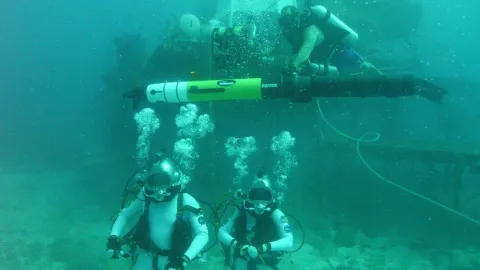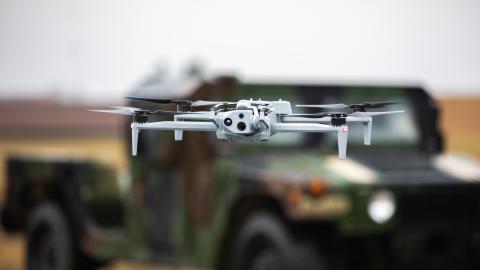This time last year, President Barack Obama and Prime Minister Stephen Harper launched two U.S.-Canada initiatives, one to negotiate greater federal regulatory cooperation, and the other to negotiate border security improvements. One year later, how are they doing on the border?
In Seattle last week, the Border Policy Research Institute (BPRI) at Western Washington University convened a seminar to ask that question. The BPRI is an outstanding think tank, regularly producing new data and thoughtful analysis of what is happening on the U.S.-Canadian border. Their reports and conferences are unmissable for policymakers, business leaders, and scholars in both countries.
And such was the case in Seattle: Those in attendance received a briefing from David Heyman, Assistant Secretary for Policy at the U.S. Department of Homeland Security and from Paul Haddow, Director of the Border Implementation Team in Canada's Privy Council Office. The two senior officials gave a joint presentation, emphasizing how closely they coordinated and how fully they agreed.
Heyman and Haddow were pleased by the progress made by the U.S.-Canada Beyond the Border Working Group -- made up of government officials on both sides -- thus far. It has concentrated on moving the two countries toward joint threat assessment, improved information sharing, traveler entry-exit record keeping and sharing, and more sophisticated screening of cargo and passengers at the "perimetre" -- when they first enter North America.
These efforts have several goals and targets that give an idea of what the two governments hope to accomplish through these negotiations. The United States and Canada hope to eliminate duplictative inspections and reduce red tape for travelers and shippers.
To accomplish this, the governments are looking at ways to expand participation in trusted traveler and shipper programs, conduct more pre-clearance of shipments before they reach the border, and make things easier for business travelers who cross regularly.
Customs inspectors in both countries are developing wait time service level targets as a measurement of performance. And the two governments have committed not only to continuing improvements to infrastructure and technology at the border, but also to jointly meet future infrastructure needs.
So far, Heyman and Haddow reported to the BPRI audience that a joint threat assessment is underway. Additionally, the governments have begun work on an inventory of "domain awareness" at the border that will identify gaps and ways to close them (with technology and personnel, as appropriate) by next fall.
Complementing this inventory is to be a bi-national border investment plan that aims to lower costs for both, as well as to end uncoordinated upgrades and closures of border crossings that had been a source of embarrassment as well as waste for both Washington and Ottawa.
The perimeter approach to security envisioned by Obama and Harper is not going to eliminate screening at the land border and airports, but should make it more efficient. People and goods will be "screened once, and cleared twice"--meaning that once either side had conducted an inspection or interview and given approval to proceed, the other side would accept that judgment as its own (and have instant access to the information that supported the judgment via shared data).
Heyman offered a provocative analogy of how this could eventually work: Since 1957, the United States and Canada have conducted joint threat assessment, inspection, and responses as part of NORAD (North American Aerospace Defense Command). What has worked for half a century to protect both countries from Soviet bombers--and provided a structure for coordinating U.S. and Canadian air defences on September 11, 2001--could be a model for how the two countries might handle the protection of citizens against 21st-century threats from terrorism, pandemics, cyberattacks, and organized crime.
A military analogy is revealing in another way. Before 2001, the border was a place where the governments worried about collecting revenue; today, customs agencies clearly view themselves as playing a key part in national security. What has frustrated many people has been the uncompromising hard-line attitude of the military grafted onto the petty bureaucratic mindset of tax collectors, resulting in a border of horrors.
The new border order being negotiated promises to complete the transformation of our border security efforts into effective defences that pose no threat to innocent travel and commerce. One year in, the two governments are making good progress.














